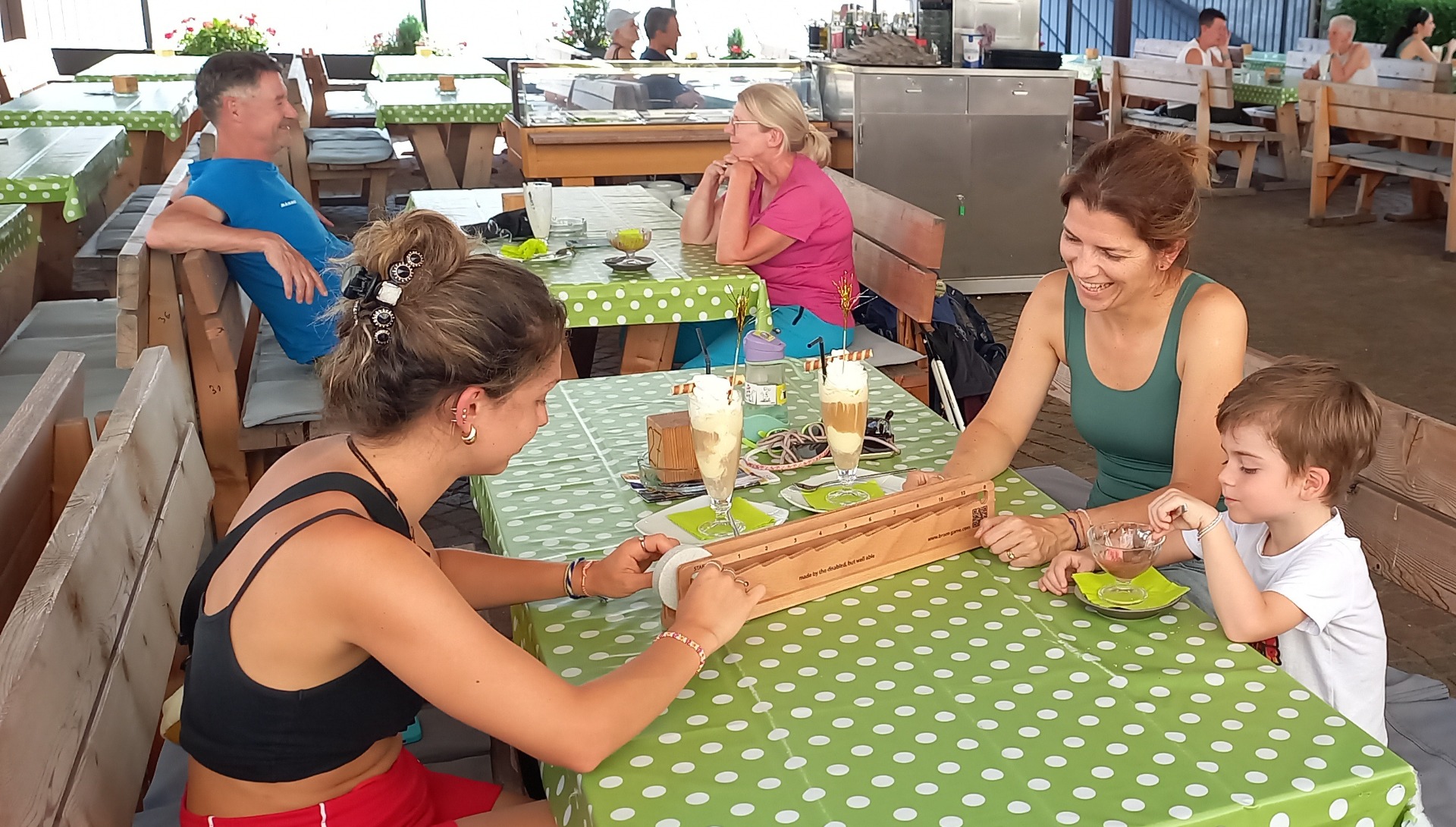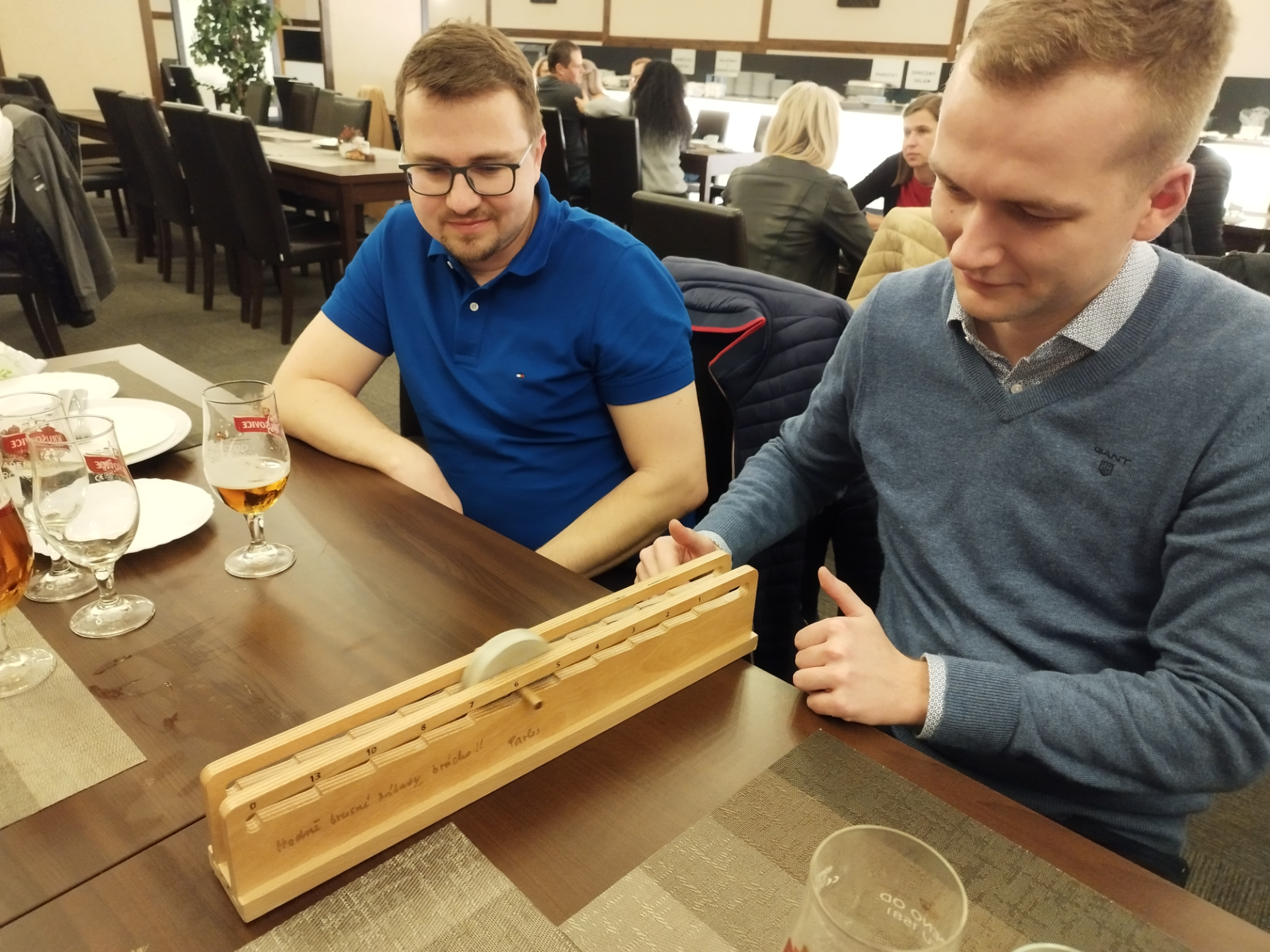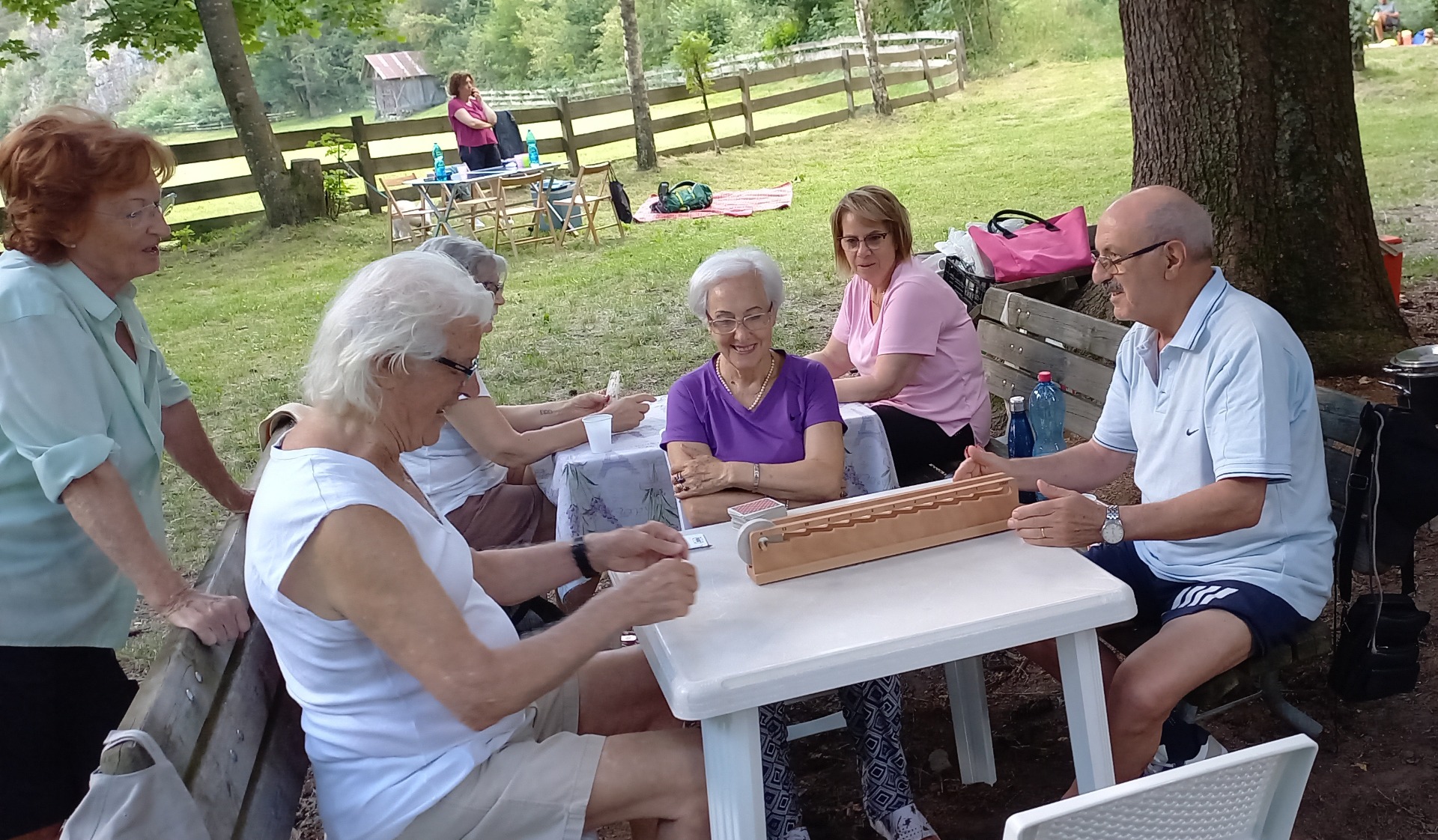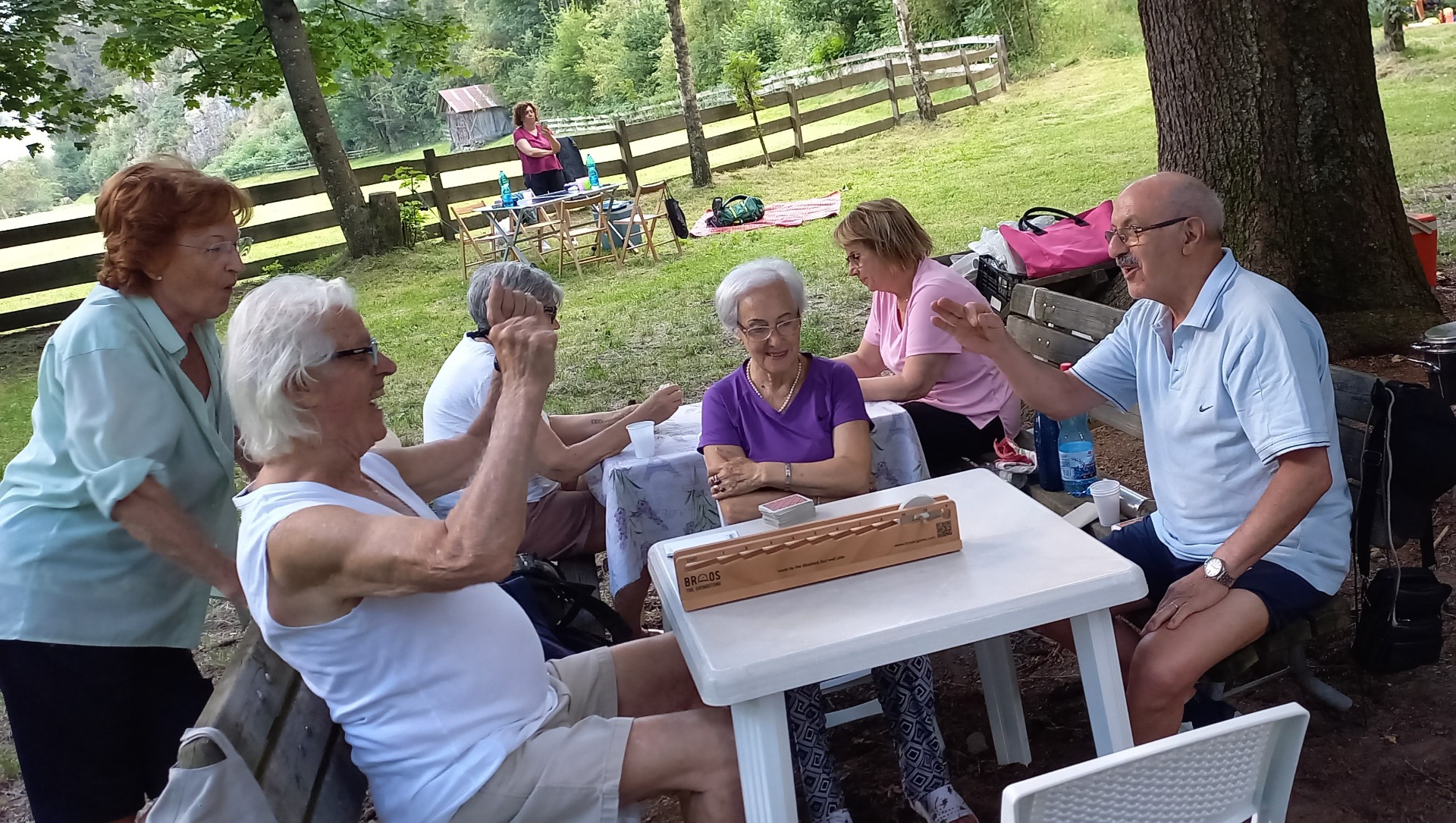

BROOS-Game
"La Meule" is an old French game. It can be up to several meters in size and is played outdoors, usually in a garden. The principle is similar to curling. The aim is to send a stone forward along the track, but to stop it before the end. We have reduced this game to a practical tabletop size. This is what makes BROOS completely new.
Any number of players can play (the optimum is two to five). It's great fun when sitting in a pub or anytime, anywhere you want to have fun with friends or family. You can play immediately, without practice or learning.
BROOS is just as fun as pub darts (...with the advantage that your eye stays where it is).








We coat our products with sunflower oil, which is carefully pollinated by bumblebees in the Vysočina region.
The BROOS models are patented. They are manufactured without the help of any AI by skilled workers in a sheltered workshop.
